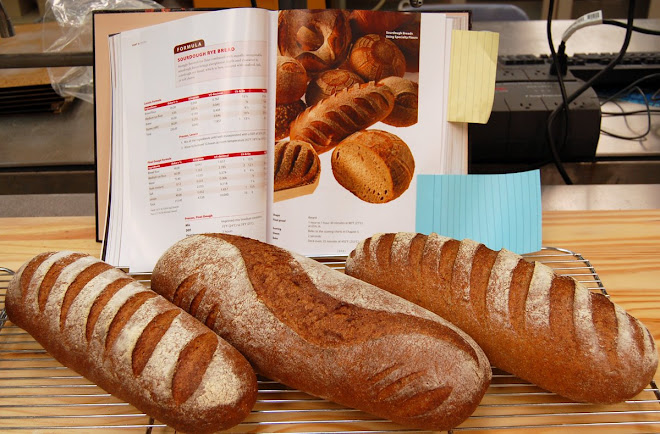Bread Science: the Chemistry and Craft of Making Bread
 It certainly looks like a good resource at first glance - I will know better when I see the whole book - but the pdf excerpts look good. Not a "recipe" book.
It certainly looks like a good resource at first glance - I will know better when I see the whole book - but the pdf excerpts look good. Not a "recipe" book.See this review on the Fresh loaf - but here is a quote or two...
"This isn't a cookbook: though there are a couple of formula in the back, it is really about understand[ing] the process (what is happening inside of your bread) and figuring out how your technique can make the most of the good things you want to happen, chemically-speaking, and avoid the things you don't want to happen. It makes a nice complement to all of the baking books you have on your shelf that tell you things like "don't overknead" but don't explain why".
"This book is great. When I got it I read it cover-to-cover in one evening".
The fresh loaf has a lot of other good things to read including more baking book reviews.
We are getting 4 copies of the chemistry and craft book sometime in the next week or 2. You can look them over if you are interested.
I am seriously thinking of using it as a text book for the experimental FST48X Baking Science Class that is being considered.















